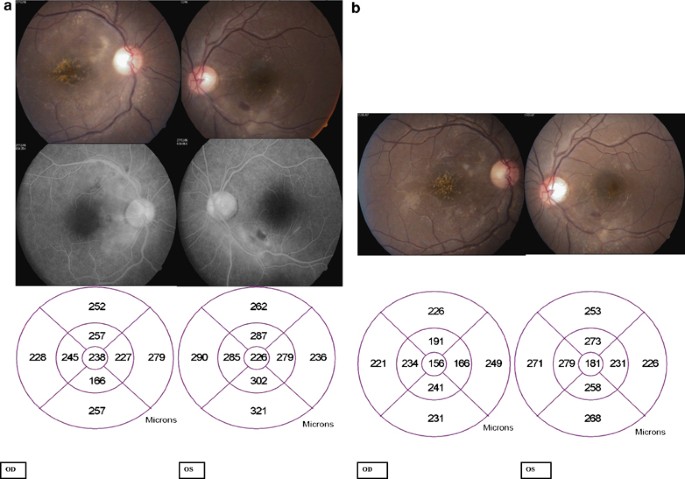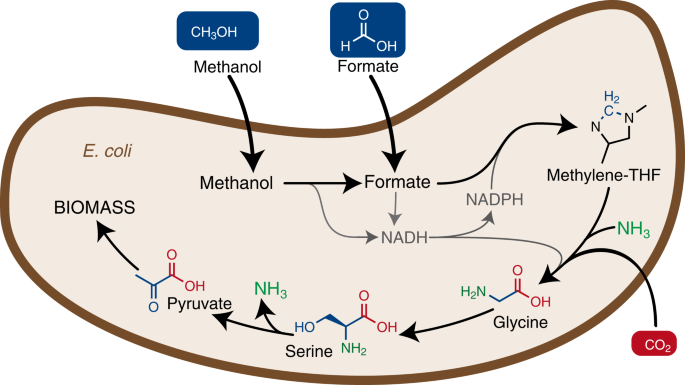
- Select a language for the TTS:
- UK English Female
- UK English Male
- US English Female
- US English Male
- Australian Female
- Australian Male
- Language selected: (auto detect) - EN
Play all audios:
Sir, Chikungunya virus, transmitted by Aedes mosquito, is known to cause a self-limiting febrile illness. We present a case of macular choroiditis following Chikungunya infection. We are
unaware of such finding in world literature. CASE REPORT A 16-year-old male patient presented with complaint of decreased vision bilaterally for 1-month duration. The patient had a history
of acute fever associated with pain in the knees 2 months before. He was diagnosed to have Chikungunya based on positive ELISA IgM titres. The best-corrected visual acuity (BCVA) was 20/400
OD and 20/40 OS. Slit lamp biomicroscopy revealed mild anterior chamber inflammation with the absence of keratic precipitates and 5–10 retrolenticular cells in the right eye. The intraocular
pressure was 16 mmHg bilaterally. Fundus examination showed macular choroidits with submacular exudates bilaterally. The lesions on fluorescein angiography showed early hypofluorescence
with late leakage of dye. The central macular thickness (CMT) measured on optical coherence tomography (OCT) was 238 _μ_ OD and 226 _μ_ OS (Figure 1a). Laboratory investigations showed
haemoglobin of 14.4 g/dl, leucocyte count of 14 600/mm3, platelet counts of 330 000/mm3, and ESR of 3 mm. Serum calcium was 8.7 mg/dl. VDRL for syphilis and ELISA for HIV were negative.
Chest X-ray was normal. The patient was started with oral prednisolone 1 mg/kg. In 2 weeks, BCVA improved to 20/120 OD and 20/30 OS. Fundus showed evidence of resolving choroiditis
bilaterally. CMT decreased to 156 _μ_ OD and 181 _μ_ OS (Figure 1b). Inflammation resolved within 6 weeks of treatment but the vision did not improve further. COMMENT Chikungunya infection
is an acute febrile illness that develops 4–7 days after the infecting bite. Symptoms include headache, arthralgia, myalgia, a diffuse maculopapular rash, and rarely haemorrhagic signs.1 The
temperature subsides within 6–7 days. After 20 years, an epidemic of Chikungunya has been reported in India and in several islands in the Indian Ocean. Many complications and deaths have
been reported in the current outbreak.2 The increased virulence has been attributed to absence of herd immunity as well as the possible emergence of a new strain.3, 4 Also a new genotype
with an A226V mutation in the membrane fusion glycoprotein E1 has been reported, enabling the virus to survive better in mosquito species.4 In this case, other conditions like primary HIV
infection, tuberculosis, sarcoidosis, and syphilis that could be associated with such a clinical picture were ruled out. Cases of meningoencephalitis have also been reported during the
recent epidemic, and hence posterior segment involvement could also be attributed to this new virulent strain. Infective endothelitis has been postulated as a possible mechanism for viral
choroiditis.5 The only known ocular complication of Chikungunya is conjunctivitis; hence the development of posterior uveitis may be a matter of concern considering the widespread outbreak
of the infection. REFERENCES * Robinson MC . An epidemic of virus disease in southern province, Tanganyka Territory, in 1952–53: I. Clinical features. _Trans R Soc Trop Med Hyg_ 1955; 49:
28–32. Article CAS Google Scholar * WHO. Disease outbreak news: Chikungunya and Dengue in the south west Indian Ocean. 17 March, 2006: http://www.who.int/csr/don/2006_03_17/en. (accessed
1 May, 2006). * Mourya DT, Mishra AC . Chikungunya fever. _Lancet_ 2006; 368: 186–187. Article CAS Google Scholar * Schuffenecker I, Iteman I, Michault A, Murri S, Frangeul L, Vaney MC
_et al_. Genome microevolution of chikungunya viruses causing the Indian Ocean outbreak. _PLoS Med_ 2006; 3: e263. Article Google Scholar * Rahi AH, Tabbara KF . Retinal vasculitis:
pathogenesis and laboratory investigations. _Int Ophthalmol Clin_ 1995; 35 (3): 93–105. Article CAS Google Scholar Download references AUTHOR INFORMATION AUTHORS AND AFFILIATIONS * Dr
Rajendra Prasad Centre for Ophthalmic Sciences, All India Institute of Medical Sciences, New Delhi, India B Chanana, R V Azad & S Nair Authors * B Chanana View author publications You
can also search for this author inPubMed Google Scholar * R V Azad View author publications You can also search for this author inPubMed Google Scholar * S Nair View author publications You
can also search for this author inPubMed Google Scholar CORRESPONDING AUTHOR Correspondence to B Chanana. RIGHTS AND PERMISSIONS Reprints and permissions ABOUT THIS ARTICLE CITE THIS ARTICLE
Chanana, B., Azad, R. & Nair, S. Bilateral macular choroiditis following Chikungunya virus infection. _Eye_ 21, 1020–1021 (2007). https://doi.org/10.1038/sj.eye.6702863 Download
citation * Published: 04 May 2007 * Issue Date: 01 July 2007 * DOI: https://doi.org/10.1038/sj.eye.6702863 SHARE THIS ARTICLE Anyone you share the following link with will be able to read
this content: Get shareable link Sorry, a shareable link is not currently available for this article. Copy to clipboard Provided by the Springer Nature SharedIt content-sharing initiative










